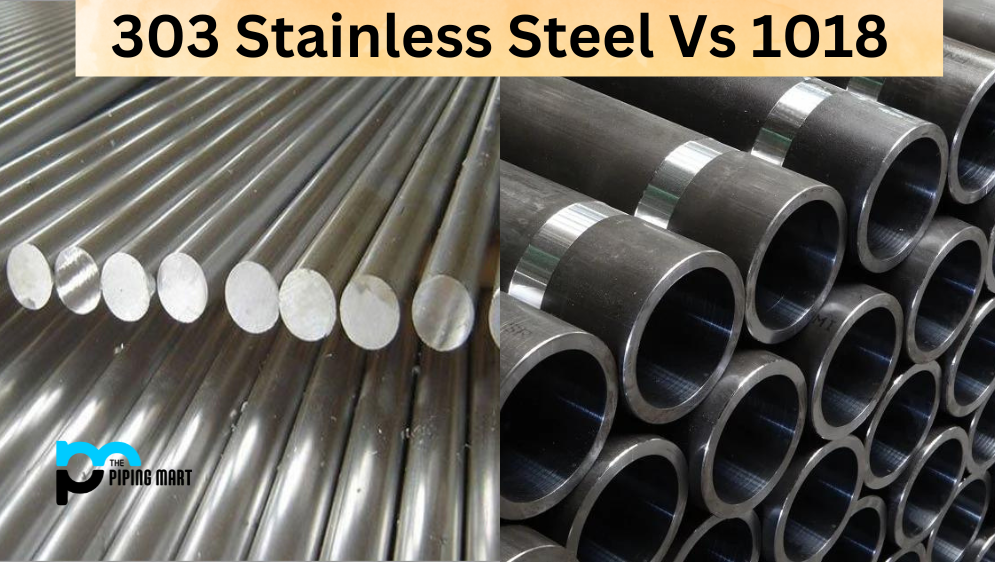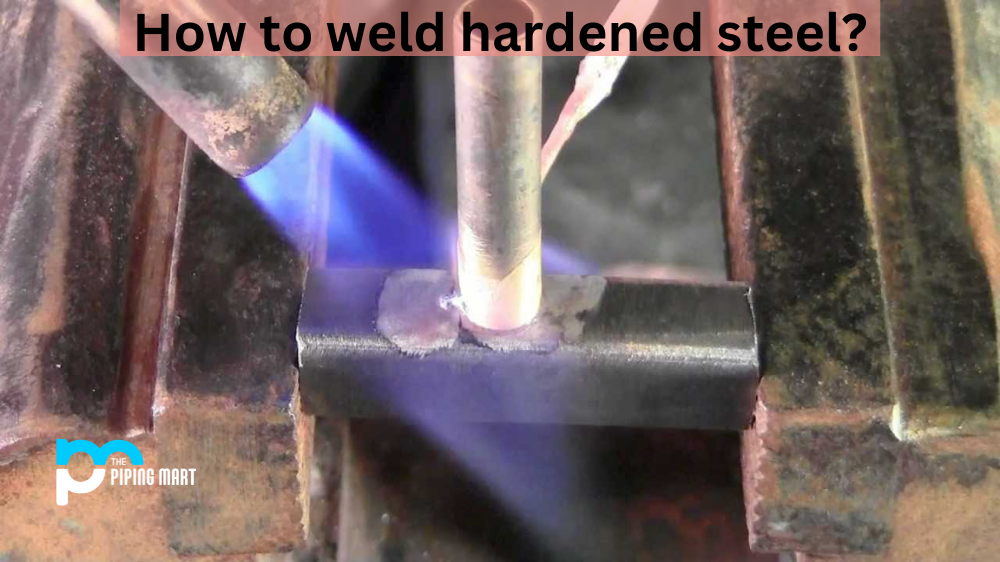When it comes to choosing the right type of steel for your project, it can be a daunting task. The most important thing you need to consider is the specific application you have in mind and the properties of the steel you will use. However, with so many available options, it can take time to determine which type of steel is best suited for your needs. In this blog, we will compare two common types of steel, 303 stainless steel and 1018, and help you decide which one to choose for your next project.
What is 303 Stainless Steel?
This type of steel is ideal for applications where excellent machinability, corrosion resistance, and a polished finish are required. It contains chromium and nickel, which provide excellent corrosion resistance to the metal, making it ideal for use in the food, pharmaceutical, and marine industries. Due to its great machinability, it is also used in applications that require complex machining operations to produce complex shapes. Additionally, 303 stainless steel is non-magnetic, making it ideal for applications where magnetic interference is a concern.
What is 1018 Steel?
1018 steel is a low-carbon steel that is a great choice for applications that require a smooth surface finish, high durability, and low cost. This type of steel has a relatively low carbon content that makes it easy to weld and form, even though it has slightly less machinability than 303 stainless steel. It is commonly used in shafts, pins, rods, and gears and in the construction industry because of its durability and strength.
Difference Between 303 Stainless Steel and 1018
Cost and Corrosion Resistance
Regarding their differences, 303 stainless steel is more expensive than 1018 steel. This is because of the additional alloying elements, which makes it more resistant to corrosion and more difficult to machine, but it also gives it a polished finish. 1018 steel is less expensive but has a lesser corrosion resistance, making it easier to machine. It also has a slightly less polished finish than 303 stainless steel.
Machinability
Another difference is their machinability. While both types of steel are machinable, 303 stainless steel is considered to have better machinability than 1018 steel due to its low sulfur content. This means it can be machined faster and has a longer tool life, reducing production costs in the long run.
Chemical Composition
The chemical composition is the major difference between 303 stainless steel and 1018 carbon steel. 303 stainless steel contains less chromium and nickel than 304 stainless steel, while 1018 carbon steel contains more carbon than other common steels, such as 1010 and 1020.
Tensile Strength
The tensile strength is another key difference between 303 stainless steel and 1018 carbon steel. The higher carbon content of 1018 carbon steel gives it a higher tensile strength, while the lower chromium and nickel content of 303 stainless steel gives it a lower tensile strength.
Yield Strength
Yield strength is another important mechanical property when comparing these two materials. Yield strength is the force required to cause a material to deform plastically. The higher the yield strength, the more resistant the material is to deformation. Once again, 1018 carbon steel has a higher yield strength than 303 stainless steel.
Ductility
Ductility measures a material’s ability to deform under tensile stress. The higher the flexibility, the more easily the material can be drawn into wire or moulded into shapes. In this respect, 303 stainless steel is more malleable than 1018 carbon steel.
Conclusion
In conclusion, 303 stainless steel and 1018 steel have pros and cons and are suitable for different applications. If you need steel that is easy to machine, has a smooth surface finish, and is relatively low cost, then 1018 steel may be right for you. However, if you require steel that offers good corrosion resistance, polishes well, and offers outstanding machinability, then 303 stainless steel is the better choice.

A passionate metal industry expert and blogger. With over 5 years of experience in the field, Palak brings a wealth of knowledge and insight to her writing. Whether discussing the latest trends in the metal industry or sharing tips, she is dedicated to helping others succeed in the metal industry.




